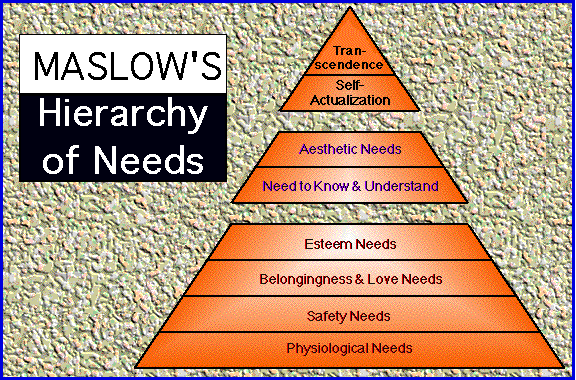MY CHILDHOOD YEARS OF PLAY AND IMAGINATION
“The activities that are the easiest, cheapest, and most fun to do – such as singing, playing games, reading, storytelling, and just talking and listening – are also the best for child development.” By Jerome Singer (professor, Yale University)
“Play is the highest expression of human development in childhood, for it alone is the free expression of what is in a child’s soul.” Friedrich Froebel (founder of the concept of kindergarten)
“It is in playing, and only in playing, that the individual child or adult is able to be creative and to use the whole personality, and it is only in being creative that the individual discovers the self.” D.W. Winnicott (British pediatrician)

 Our mother was our greatest supporter. It didn’t matter how much of a mess we made, only that we were safe and happy. It seems like we played and played some more. Such freedom has carried through with me today. I think that is why I love play any kind of game, love to travel, and enjoy experimenting with different food recipes.
Our mother was our greatest supporter. It didn’t matter how much of a mess we made, only that we were safe and happy. It seems like we played and played some more. Such freedom has carried through with me today. I think that is why I love play any kind of game, love to travel, and enjoy experimenting with different food recipes. Play then and now presents many differences. When I was young, we played outdoors as much as we could and today children play mostly indoors with video games and X-Boxes. The cost of play when I was young was minimal as we played dress-up in our parent’s and older sister’s clothes. Also, we used cardboard boxes, twine from the barnyard, and other materials that were uncommon to a store. Our essential play props and toys consisted of dolls, homemade doll clothes, a dramatic set (cupboard, table and chairs) made by our grandfather which was our mother’s when she was a little girl. Today almost all toys are purchased from a vendor. We did not have imagination painted for us on a computer, iPod, or
 When one learns how to play as a child, one will know how to play as an adult. As a youngster, life wasn’t all play, we had responsibilities such as feeding and watering our animals, keeping our rooms clean, helping our mom with meals, gardening, canning, laundry to name a few. I think children need to feel the joy of responsibility in order to know the pleasure that comes from play. Work gives us the drive to enjoy and to look forward to playing. Play is innate to a child, but becomes something we have to remember to take time for as an adult.
When one learns how to play as a child, one will know how to play as an adult. As a youngster, life wasn’t all play, we had responsibilities such as feeding and watering our animals, keeping our rooms clean, helping our mom with meals, gardening, canning, laundry to name a few. I think children need to feel the joy of responsibility in order to know the pleasure that comes from play. Work gives us the drive to enjoy and to look forward to playing. Play is innate to a child, but becomes something we have to remember to take time for as an adult. It is my hope that all adults remember how wonderful it was to play and imagine and pass that on to their children responsibly. Our creative minds come from the play we enjoy as children. When we lose that we lose our innocence.
